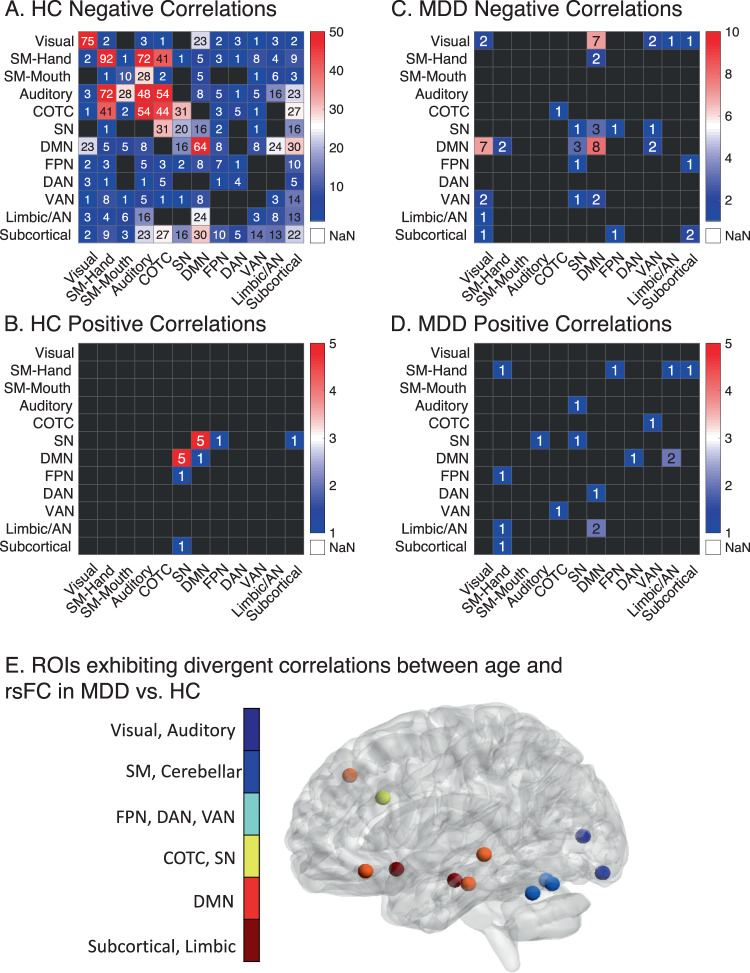Fig. 1. Chronological age is associated with decreased within-network rsFC and increased between-network rsFC between the SN and DMN in both HC and MDD.
The counts of positive (A) and negative (B) correlation coefficients that met stably predicted the relationship between age and rsFC in HC (p < 0.0001, 80% of bootstrapping iterations, 5000 iterations). Each cell represents the number of within- or between-network features that stably correlated with chronological age in HC. The counts of positive (C) and negative (D) correlation coefficients that met stably predicted the relationship between age and rsFC in MDD. As a priori-defined stability criteria failed to yield any rsFC features, we opted for a more liberal height and stability threshold for this sample (p < 0.0005, 66.7% of bootstrapping iterations, 5000 iterations). E Regions of interest where its whole-brain rsFC correlations with age significantly differed between HC and MDD (rho range = −0.29 to −0.15, FDR-p < 0.04). Briefly, most of the differences between HC and MDD in rsFC correlations with age involved default mode network and subgenual cingulate rsFC. For an additional description of these differences, see the Supplementary Results. AN: affective network, COTC: cingulo-opercular task control network, DAN: dorsal attention network, DMN: default mode network, FPN: frontoparietal network, SM: sensorimotor, SN: salience network, VAN: ventral attention network.

